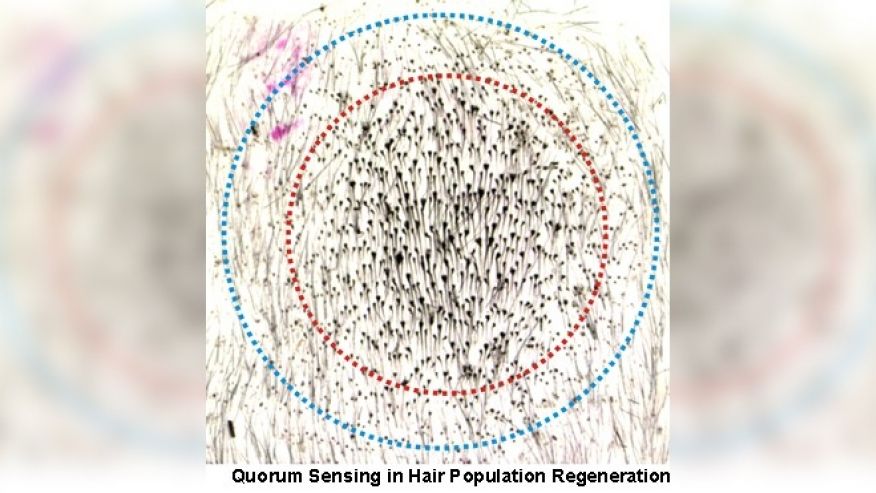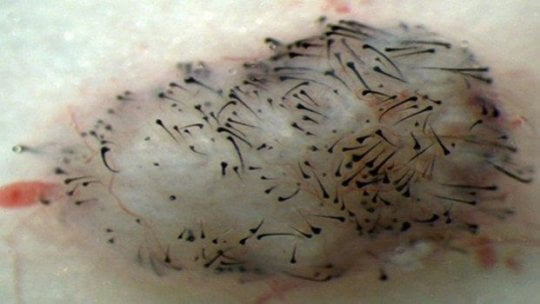
Bacon. It’s a meal, condiment, side dish, dessert and a topic of conversation. I am confident in saying there is no substitution for it.
This is an isolated scenario, however, as many other food swaps and substitutions exist that can help boost health, prevent disease, and — what we all want to read — help you lose weight. Here are ten of the easiest food swaps you can make.
1. Cauliflower rice instead of white/brown rice
Riced vegetables are trending right now — and for a few good reasons. They not only provide a way to get more vegetables in our diets, but a creative way to reduce carbohydrates. Choosing riced cauliflower instead of rice in your bowls and burritos saves you calories (almost 200) and carbs, and increases the nutrient density of your meal. Think cauliflower rice is too plain? Try a fried “rice” version by sauteing the rice with green onions, a scrambled egg, soy sauce and some olive oil.
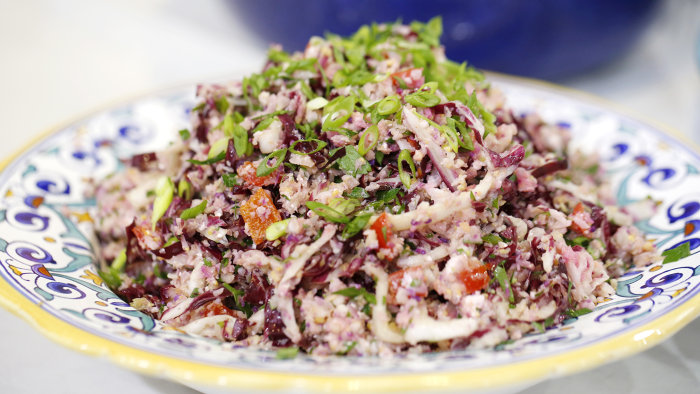
2. Watermelon instead of bananas
Watermelon gets a bad rap sometimes due to its high sugar content. Many of my patients comment they don’t like the high glycemic index (the extent to which blood sugar rises with a particular food) of watermelon and so choose to avoid it. As it turns out, watermelon has a low glycemic load (less impact on blood sugar than bananas). It also has sky high water content, so having it as a snack is not the blood sugar and insulin disaster you might think.
3. Bean chips instead of pretzels or potato chips
A boost in whole-food ingredients (such as whole beans) and fiber make bean-based chips a game changer from the old standbys of potato chips and pretzels. For example, a popular black bean chip boasts 5 grams of protein, only 85 mg of sodium and only 10 digestible carbohydrates (carbohydrates minus fiber). Choose plain and baked versions. Try pairing with hummus or guacamole.
4. Honey instead of agave
I often teach my patients there are no “healthy” sugars. However, many of them think agave is a healthy option. There’s not a lot of evidence to support this concept. Agave is a big carrier of fructose, a sugar that may be linked in some ways to an increase in nonalcoholic fatty liver disease. Honey has a little less fructose. It’s also a more natural source (made by bees). While both sugar sources contribute calories and could lead to weight gain and increases in disease risk, honey may be a better choice when you’re craving something sweet.
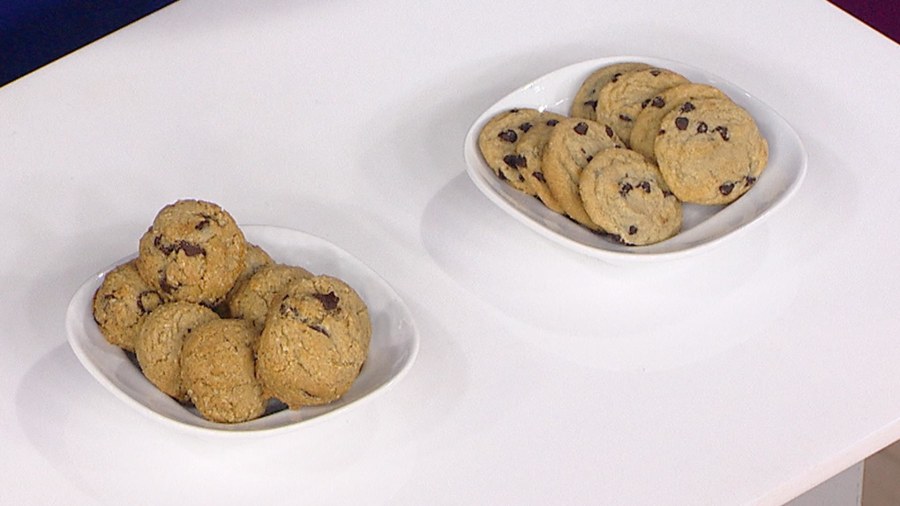
5. Bean-based pasta instead of grain-based pasta
Beans rule yet again. Bean-based options have taken over the pasta aisles. They’re creating competition for other healthy options like 100 percent whole-wheat versions. However, the numbers significantly favor the bean options. In addition to being gluten-free, bean-based pastas, on average, contain about 20 grams more protein and 8 or more grams of fiber.
As an added bonus, they might fill you up quicker than the traditional whole-wheat options and are a great source of plant-based protein. Look for versions that have the least amount of ingredients.
6. Ground turkey or tofu instead of ground beef
The benefits of swapping ground poultry over beef equate to less saturated fat. That’s important if you want to maintain your waistline. A 2017 study found too many saturated fats in the diet could lead to more fat gain in the middle. Choose breast meat to eat the least amount of saturated fat. Add soaked chia seeds (which swell in liquid and cause added moisture) to avoid dryness.
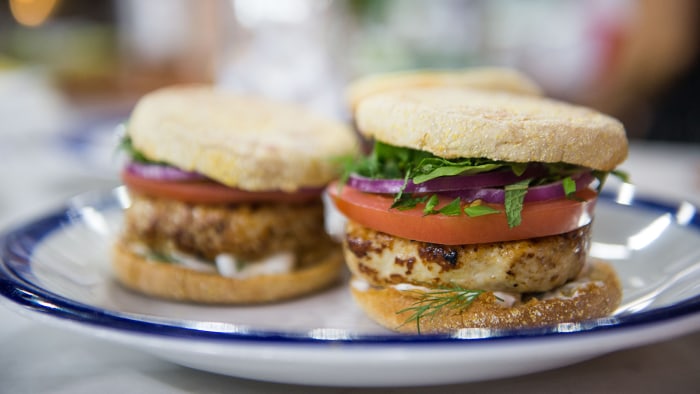
7. Cashew cheese instead of dairy cheese
Full disclosure: It’s much easier to go to the store and buy cheese than it is to make cashew cheese, but should that matter? Sometimes an extra step may make all the difference. In this case, the difference is extremely significant. I make cashew cheese all the time. This option is especially beneficial for individuals looking to either cut or eliminate dairy without having to rely on more processed alternative cheese options.
8. Roasted chickpeas instead of croutons
Salads are a wonderful way to consume low-calorie nutrients. There are numerous ways to ruin a salad, though. Adding refined grains, like croutons, is one of them.
Instead, opt for roasted chick peas that you can either make or buy. The addition will help add fiber, which increases your satiety, as well as some healthy fats to help metabolize all the glorious fat soluble vitamins you’ll be consuming in your colorful bowl. Just don’t blow it by adding on a sugar-laden, fat-free dressing.
9. Plantains over corn
In the world of food allergens, there are specific foods that are more prevalent than others. Many of my patients avoid soy, gluten, dairy nuts, eggs or corn. For these individuals, it can be difficult to find wraps or breads to meet their needs. Plantain wraps may be the next best thing to make at home, or may even be available at your local store. They will also help add in another vegetable into your day!
10. Sweet potato toast over regular toast
Sweet potatoes are flowing with antioxidants. Vitamin A and C, potassium and fiber are staples of this orange delight, and swapping this veggie for bread can go a long way towards reducing grains in your diet and helping you lose weight. Cut a raw sweet potato in thin slices (keep that delicious and fiber-rich skin on), toast until brown and then top as you would toast (think avocado, banana and nut butter, eggs, fruit).
[“source-today”]





